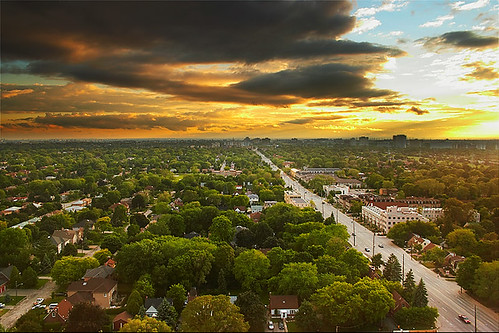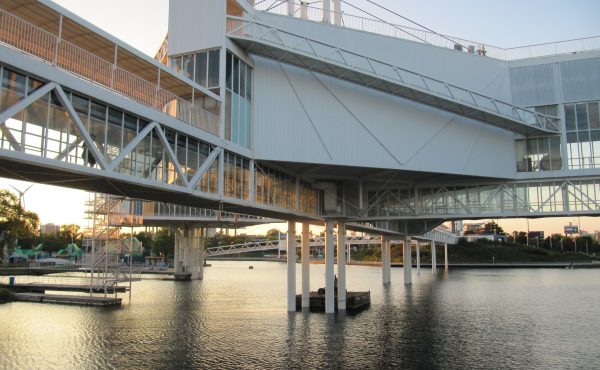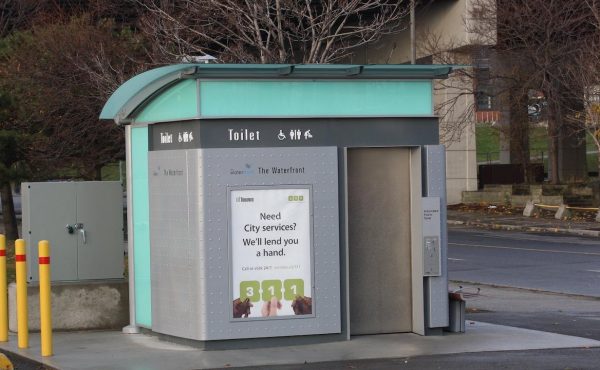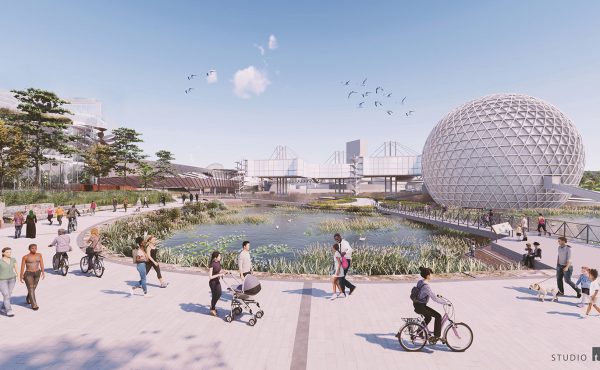
Cross-posted from Eye Daily.
For once Denzil Minnan-Wong and I agree. “They keep on planting trees, yet they can’t take care of them,†he was quoted as saying about Toronto’s forestry department in today’s Globe and Mail. Granted, unexpected events, like extreme drought, and apparent staff shortages don’t make caring for thousands of trees in a bustling, under-funded city like Toronto all that easy. But if the rest of the city is managed like our urban forest is, then we’re in big trouble.
A couple weeks ago, Todd Irvine wrote about how this summer’s severe drought is killing trees in Toronto, young and old. A week or so before that, I wrote an article in the Globe and Mail on how the drought may have driven the squirrels in Allan Gardens to strip the bark off the park’s sugar maple trees in search of sweet sap. But the severe lack of rain isn’t the only thing that has been hard on our urban forest this year — severe storms have wreaked havoc on our trees as well. As forestry staff scramble to respond to calls about fallen branches and ripped limbs, regular tree maintenance is put off, leaving city-owned trees all the more susceptible to damage and ill-health.
Consider these numbers: in 2002 the City of Toronto received 1,566 storm-related service requests to deal with trees that had been ripped apart or otherwise damaged by severe gusts of wind. So far this year, there has been a whopping 7,739 requests.
“This amount of storm damage is unprecedented and further events are expected as September/October is the usual fall storm season,†says a recently released report (PDF) from Parks, Forestry and Recreation. “Over the past 3 years, Urban Forestry has received unusually high numbers of storm-related service requests and each year the number has increased.â€
The sad fact is that even without the storm damage, city staff have a hard time keeping up with maintenance requests. Well-established industry standards call for street trees to be pruned every five to seven years. In Toronto, they’re pruned every 20 years. Citizens who request pruning, removal or other arboriculture services face an average wait of 12 months. Pruning is vital to ensure that urban trees (those that grow along city streets or in our yards as opposed to natural areas, such as ravines) maintain good structure as they grow, and it should be done by an arborist (i.e. someone who knows what they’re doing). The hacked limbs of some city-owned trees have caused some to question whether city staff have actually been trained to do the job right. Cutting off too many branches can limit the life span of trees, which makes doubling our urban forest doubly challenging.
There’s no question that funding for tree maintenance is vital, but without the proper plans in place to deal with drought and extreme storms, Toronto’s urban forest faces a hard road ahead. We can no longer afford to talk about planting without considering maintenance, such as watering, pruning, mulching and inspections. Failing to see trees as the important pieces of civic infrastructure that they are* only goes to prove Minnan-Wong right: the city is doing a poor job of managing its money.
– – – – – –
*Among other things, trees absorb storm water that would otherwise run into our lakes, reduce the heating and cooling costs of buildings, mitigate heat island effect, absorb pollution, and provide habitat for animals.



